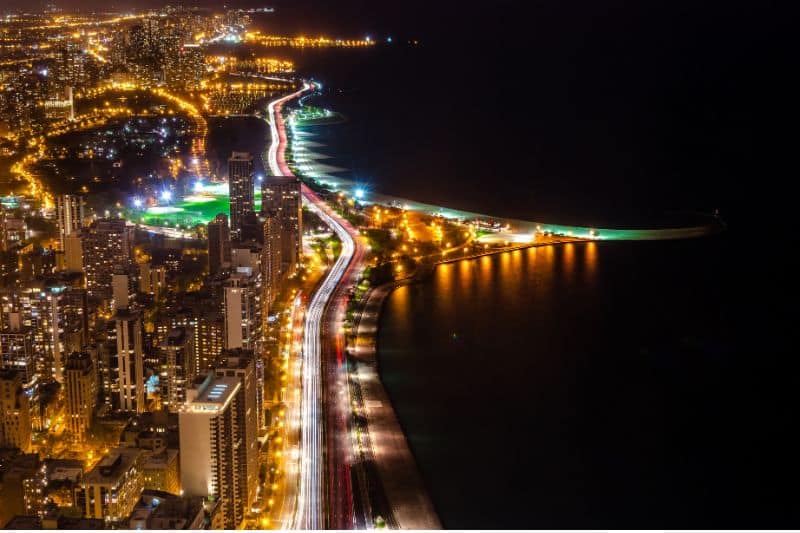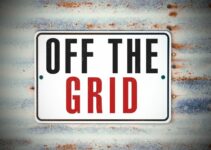Since the invention of the light bulb and advancements in technology, streets, highways, and major urban centers are lit and brightened by very powerful light sources — and we’re all happy with the progress.
But then, that doesn’t come without flaws, one of them being that artificial lighting causes problems in the name of light pollution by altering natural lighting in the outdoor environment during the night.
Light pollution is thus linked to natural habitat disruption and negative impacts on human health. But that’s not all; it also interferes with the aesthetic beauty of the environment.
Fireflies, for instance, have gradually reduced in number, and in some places, they have completely disappeared because of bright artificial lighting at night. Birds migrating at night, among other nocturnal animals, have also lost their course after being misdirected by bright skies or light towers.
The consequences are turning out to be bad, and predictions are that it can be even worse in the future. Hence, initiatives have to be taken to address these concerns, and the following can qualify as 20+ impressive ways to reduce light pollution.
20+ Impressive Ways to Reduce Light Pollution
We have several ways to minimize light pollution. Some of these include:
1. Reduce the Use of Decorative Lighting
Festivities and celebration periods often lead to the excessive use of decorative lighting kept on all day and night. But did you know that as much as these lights come in handy, they also cause pollution?
That’s right!
Decorative lighting during festive seasons should thus be lessened to reduce the brightening of the skies.
As an alternative, environmentally friendly candles should be used for the celebration periods and will even help in conserving energy.
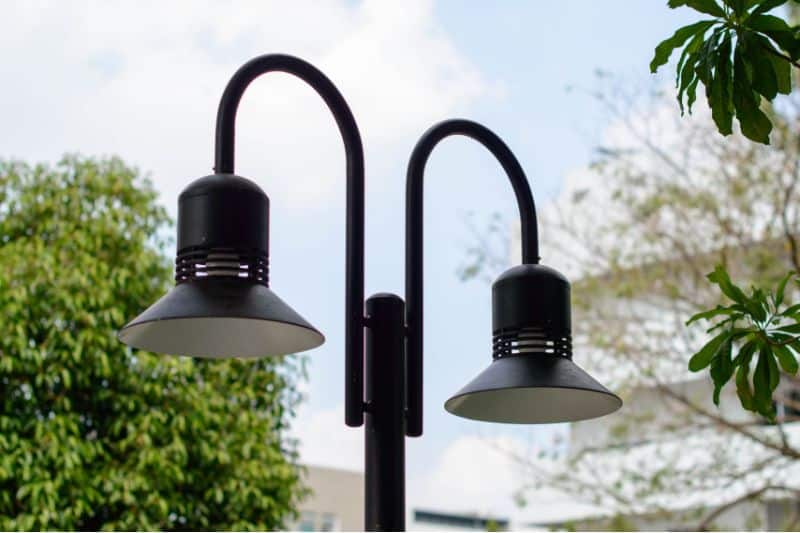
2. Use of Covered Bulbs that Light Facing Downwards
This goes for street lights and the lighting on the highways. The lights must be properly designed to avoid too much illumination in the sky.
The solution for this is using covered bulbs that light facing downwards. These lights would help reduce the brightening of the skies, reducing the level of light pollution we’re currently facing.
3. Use LED Light
We’ve always heard about how LED lights can help us cut down on energy bills. But did you know that they are also great for reducing light pollution?
That’s right!
These lights can help reduce energy use and protect the environment. But then, know what type of LED to use for this purpose.
In this case, you want to work with warm-colored bulbs. In fact, the International Dark-Sky Association (IDA) recommends that only warm light sources be used for outdoor lighting.
This includes Low-pressure Sodium (LPS), High-pressure Sodium (HPS), and low-color-temperature LEDs. Use “warm” or filtered LEDs (CCT < 3,000 K; S/P ratio < 1.2) to minimize blue emission.
4. Minimizing the Use of Lights
Switching off unnecessary lights can hugely help in reducing light pollution. This is the cheapest, easiest, and most effective method of dealing with the problem.
You can do that when you are about to sleep, or there is no activity outside the house. If the concern is security, lights should only be put on if there is a security alarm.
5. The Use of Automated Street Lights
In the daytime, there is no need for street lighting. The same goes for when the moon shines bright.
Automated timers and systems can turn off street and highway lights when not needed to encourage natural lighting. They can be pre-set to turn off automatically whenever the environment is naturally bright.

6. Get All the Facts Right
Knowing the sources and effects of light pollution can significantly aid in dealing with the problem. The overriding recommendation is extensive awareness creation, as most people don’t know about light pollution.
It is, therefore, the moral duty of those aware of the situation to spread the word about light pollution and its remedies, just as this article does. If you happen to read this, you can share it with as many people as possible to make them aware of light pollution.
7. The Development and Advancement of Better Alternatives to Cruises, Lighthouses, and Ships
In the marine world, lighthouses are used for navigation purposes for boats, cruises, and ships. The drawback is that the lighthouses emit very powerful lights that cause light pollution in the marine world, directly affecting the habitats of aquatic species.
Accordingly, scientists are urged to research the issue and develop better and environmentally friendly alternatives that can be used for navigation purposes.
8. Refrain from Light Trespassing
Don’t know what this is? Well, it’s using bright outdoor lights directed toward neighboring houses. It is completely unethical, creates discomfort, and causes light pollution.
Therefore, it must be ensured that outdoor lights do not trespass into residential houses.
It is as simple as ensuring the lighting in your house or street lighting projects does not allow light to enter the neighboring houses. It is annoying and can even give them sleeping disorders.
9. Preventive Measures Are Always Important
Preventive measures are essential and have to be taken whenever possible to reduce light pollution. Examples include using glare-free bulbs, installing low-hanging bulbs, having the lights facing downwards, and covering the bulbs to reduce bright skies at night.
10. Glare-Free Lighting for Vehicles Driven at Night
While driving at night, dim lighting is just enough for streets and highways already lit with artificial lighting. In areas without artificial lighting, medium lighting is more than enough because it lights up the path or roadway very well.
Bright light, on the other hand, causes glare, which may blind oncoming drivers and even interfere with wildlife habitats by altering their natural cycles and operations.
Hundreds of wildlife, such as deer and zebras, are, for instance, killed on the roads in the evenings since the glares blind and distort their night locomotive aspects.
11. Check and Stop the Use of Needless Lighting During the Day
Lighting during the day is needless and should be completely avoided. It is simply a waste of energy. Natural light sources should mostly cater to all lighting needs, whether on the streets, in showrooms, in the house, or offices.
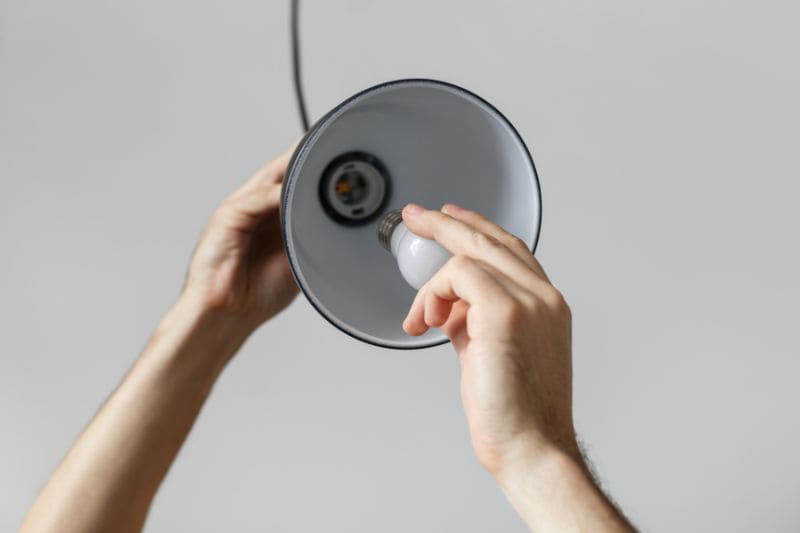
12. All Outdoor Lights with Glare Should Be Replaced with Low-Glare Alternatives
There are many alternatives in the market offering sky-friendly outdoor lighting. It’s important for municipalities, real estate contractors, and individual homeowners to opt for certified low-glare fixtures that guarantee low-pollution lighting.
13. Use of Motion Sensors on Important Outdoor Lights
Instead of keeping lights on during the night for security reasons, installing motion sensors can be helpful.
Motion sensors will only have the lights on when motion is detected, thus reducing the overall costs of electricity while at the same time cutting back on light pollution at night.
Dimmers and timers can also help to reduce average illumination levels and save even more energy.
14. Colored Lights Can Be Used as an Option
Colored lights are anti-glare and still serve the purpose of night lighting. Yellow, red, and amber lights can reduce the negative effects of lighting at night because they don’t affect nighttime vision.
15. Try to Turn Your Lights Off!
The easiest way to help reduce light pollution is to turn your lights off! It helps reduce light pollution, reduces your energy bill and carbon emissions, and reveals the beauty of our world in darkness.
During power outages in cities, the beautiful night sky can be seen just as it would be out in nature. Light pollution is an easy fix compared to persistent pollutants!
Help darken your little part of the sky by turning off your indoor and outdoor lights in the evening, turning off unnecessary indoor lighting, particularly in empty office buildings at night, and using minimal lighting if nighttime illumination is needed.
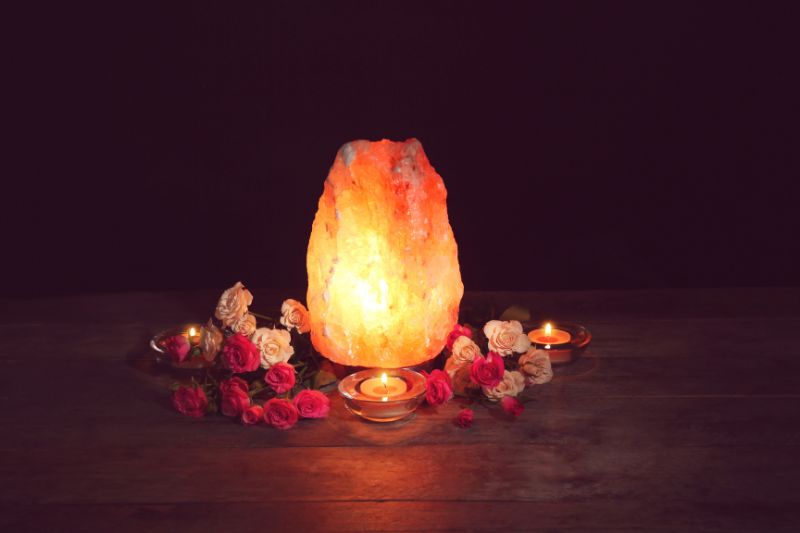
16. Use Glow Stones for All Your Outdoor Night Lighting
Glow stones only emit 5-7 candelas of light and do not ‘cast’ light as electric lights do. The ambient glow from these stones is not a source of light pollution and does not contribute to bright skies at night.
These stones can be used to line pathways, steps, and more outdoors instead of bright electric lights. The best part is they do not break and do not require technical expertise, making them a great resource for anyone intending to use light pollution impact by choosing them.
Glow stones can also be used to test light pollution. If you can see the glow at night, you are in an area with low light pollution. If the glow is faint or not visible, you are in an area with high light pollution.
Use your glow stones to test your home, yard, and neighborhood for light pollution hot spots and find the best Dark Sky spots.
17. Avoid Blue Lights at Night
Blue-rich white light sources also increase glare and compromise human vision, especially in the aging eye. These lights create potential road safety problems for motorists and pedestrians alike.
In natural settings, blue light at night has been shown to adversely affect wildlife behavior and reproduction, particularly in cities, which are often stopover points for migratory species.
Outdoor lighting with strong blue content is likely to worsen skyglow because it has a significantly larger geographic reach than lighting consisting of less blue.
18. Purchase IDA-Approved Light Fixtures
The International Dark Sky Association certifies dark sky-friendly light fixtures that meet their rigorous guidelines. Look for the IDA symbol when you are purchasing new lights. The Fixture Seal of Approval provides objective, third-party certification for luminaires that minimize glare, reduce light trespass, and don’t pollute the night sky.
19. Support Wilderness
Keep exterior lights off as much as possible, as they can interfere with the body clocks of nocturnal creatures like salamanders, giving them fewer hours to scavenge for food.
Keep interior light indoors with blackout curtains, or if you live in a multistory building, use blackout blinds at night so birds aren’t fatally attracted to your windows.
Also, talk with your building manager or tenant’s association about turning your high-rise into a Bird-Friendly Building.
20. Get Involved
Your contribution as an individual is to get involved in the fight against night pollution. You must be curious about what your local government or community is doing to reduce light pollution.
The simplest way is joining community programs and important political debates about pollution and educating people on light pollution’s sources, effects, and solutions.
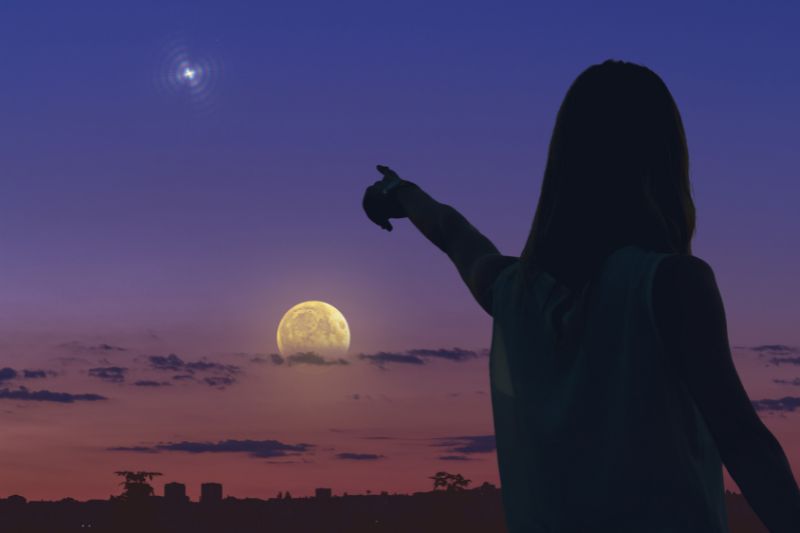
21. Share with Family and Friends (take Beautiful Pictures and Share with Them)
If you love the beautiful appearance of the sky at night, the bright stars, and the occasional brightly shining moon, it’s time you share with family and friends through social media and normal meetups.
By sharing with family and friends, they can start appreciating the stars in the world’s Milky Way Galaxy, inspiring new directions toward reducing artificial lighting and even spreading the news further.
